Best Companion Plants For Coral Bells
Best Companion Plants for Coral Bells
Coral bells (Heuchera) are a popular choice for shade gardens, thanks to their colorful foliage and delicate flowers. But what are the best companion plants for coral bells? Here are a few of our favorites:
- Hostas. Hostas are another shade-loving plant that can provide a complementary backdrop for coral bells. They come in a wide variety of colors and leaf shapes, so you can find the perfect one to match your coral bells.

- Astilbes. Astilbes are known for their airy flower plumes, which bloom in shades of white, pink, red, and purple. They add a touch of elegance to any garden, and they can also help to attract butterflies and hummingbirds.

- Ferns. Ferns are a classic choice for shade gardens, and they can add a touch of texture and interest to any planting. They come in a wide variety of shapes and sizes, so you can find the perfect one to complement your coral bells.
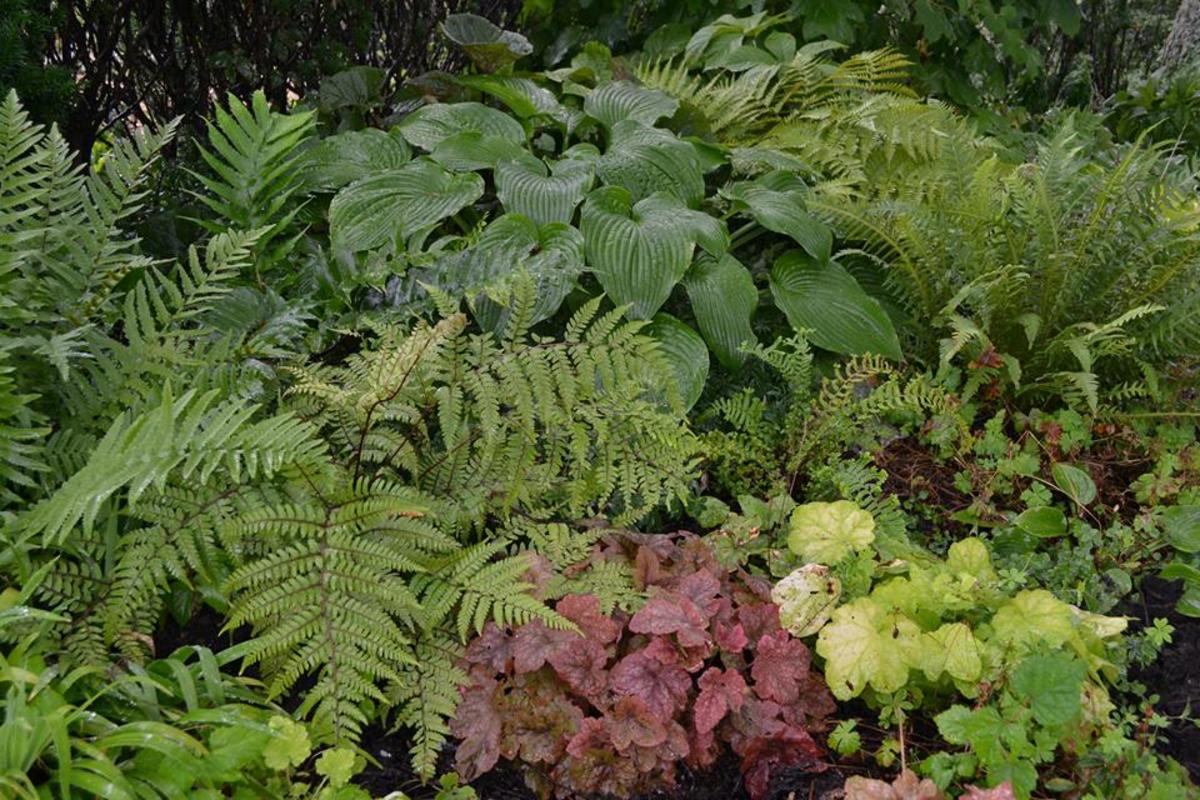
- Impatiens. Impatiens are a great choice for adding color to a shady garden. They come in a wide variety of colors, including red, pink, orange, and yellow. They are also relatively easy to care for, making them a good choice for first-time gardeners.
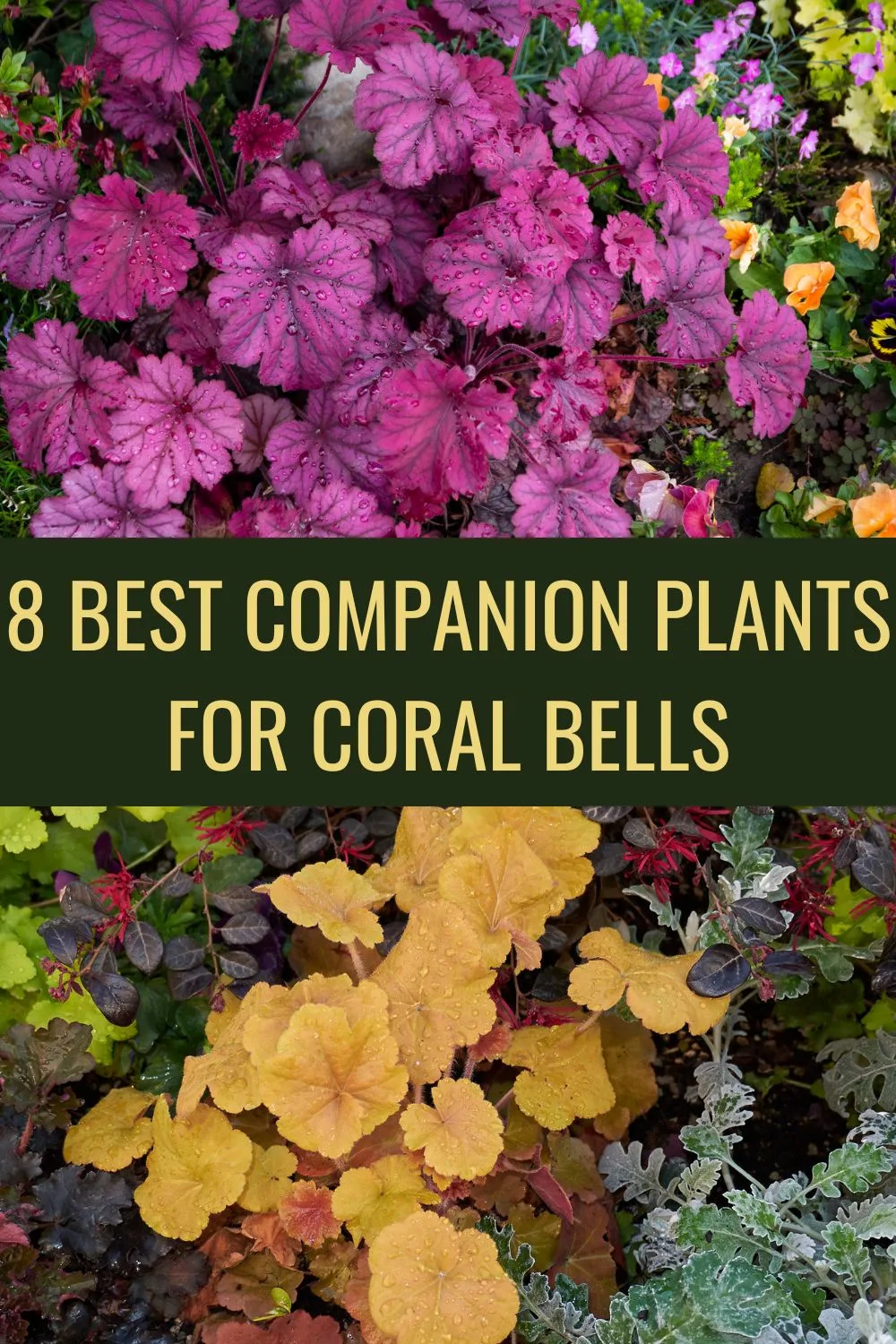
- Hellebore. Hellebores are winter-blooming perennials that add a touch of color to the garden when it's otherwise bare. They come in a variety of colors, including white, pink, purple, and blue. They are also deer-resistant, making them a good choice for gardens where deer are a problem.
- Daylilies. Daylilies are another great choice for adding color to a shady garden. They come in a wide variety of colors, including yellow, orange, red, pink, and purple. They are also relatively easy to care for, making them a good choice for first-time gardeners.
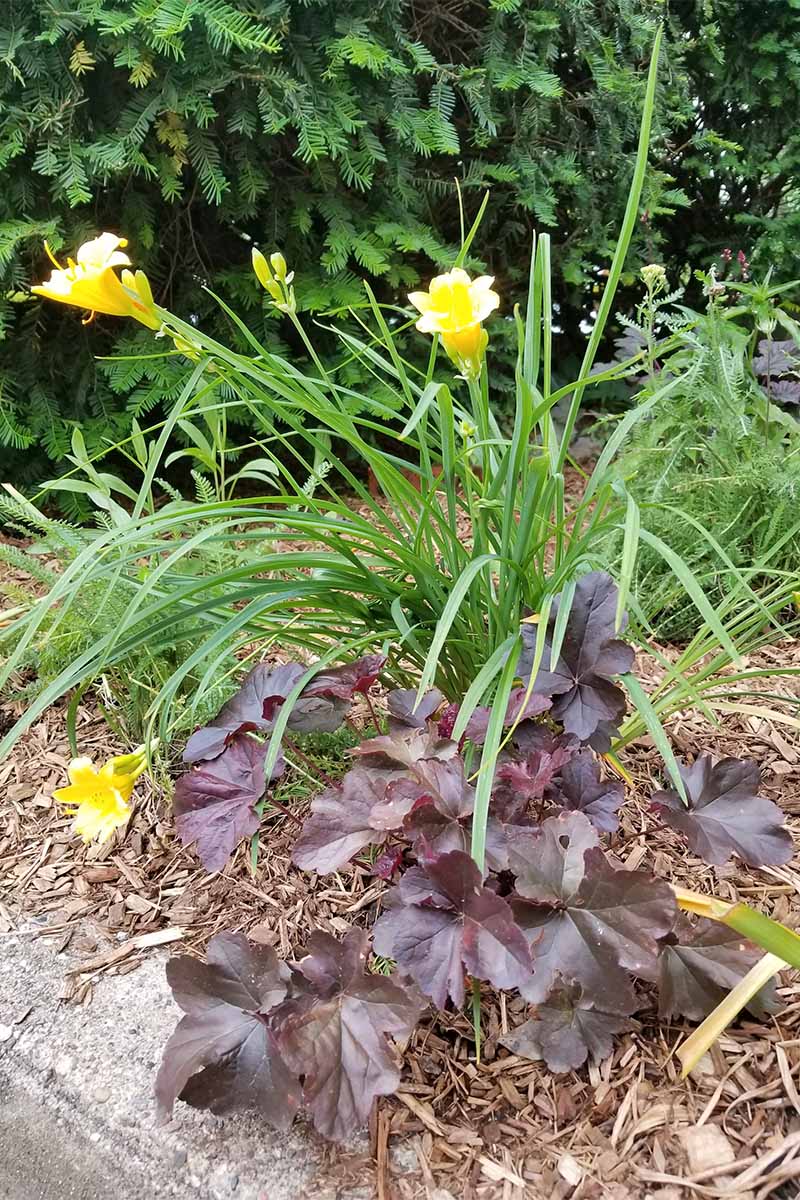
- Irises. Irises are a beautiful choice for adding color and interest to a shady garden. They come in a variety of colors, including blue, purple, yellow, and white. They are also relatively easy to care for, making them a good choice for first-time gardeners.
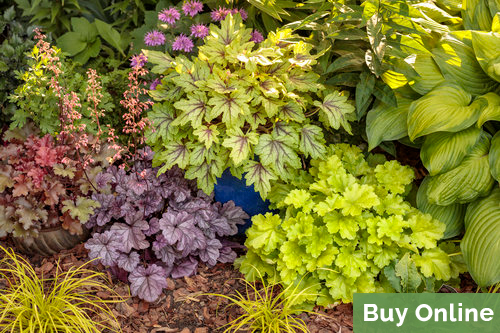
- Azaleas. Azaleas are a great choice for adding color to a shady garden. They come in a variety of colors, including pink, red, white, and purple. They are also relatively easy to care for, making them a good choice for first-time gardeners.
When choosing companion plants for coral bells, it is important to consider their size, color, and light requirements. Coral bells are relatively low-growing plants, so you will want to choose companion plants that are the same size or smaller. You will also want to consider the color of your coral bells when choosing companion plants. If you have coral bells with dark leaves, you may want to choose companion plants with lighter leaves. And finally, you will want to make sure that your companion plants have similar light requirements to coral bells. Coral bells prefer partial shade, so you will want to choose companion plants that also prefer partial shade.
By following these tips, you can create a beautiful and harmonious garden with coral bells and their companion plants.
Coral bells are beautiful perennials that can add a touch of color and interest to any garden. They are relatively easy to care for and can thrive in a variety of conditions. However, choosing the right companion plants can help to make your coral bells even more stunning.
Some of the best companion plants for coral bells include:
- Hostas
FAQ of coral bells companion plants
- What are some good companion plants for coral bells?
Some good companion plants for coral bells include hostas, astilbe, ferns, impatiens, hellebores, daylilies, iris, and azaleas. These plants share similar growing conditions and can help to create a beautiful and diverse garden.
- What are the benefits of planting coral bells with companion plants?
There are several benefits to planting coral bells with companion plants. First, companion plants can help to deter pests and diseases. For example, astilbe can help to repel aphids, while hostas can help to repel slugs and snails. Second, companion plants can help to improve the overall health of coral bells. For example, ferns can help to provide shade and moisture, while impatiens can help to attract pollinators. Third, companion plants can help to add visual interest to the garden. For example, daylilies can add height and color, while iris can add texture and interest.
- What are some things to consider when choosing companion plants for coral bells?
When choosing companion plants for coral bells, it is important to consider the following factors:
* Sunlight: Coral bells prefer partial shade, so it is important to choose companion plants that also prefer partial shade.
* Water: Coral bells are drought-tolerant, but they do appreciate regular watering. It is important to choose companion plants that have similar water needs.
* Soil: Coral bells prefer well-drained soil. It is important to choose companion plants that also prefer well-drained soil.
* Height: Coral bells come in a variety of heights. It is important to choose companion plants that have similar heights so that they will not overwhelm each other.
* Color: Coral bells come in a variety of colors. It is important to choose companion plants that have complementary colors so that they will create a visually pleasing arrangement.
Image of coral bells companion plants
- Japanese painted fern (Athyrium nipponicum). This fern has delicate fronds with bright green and white variegation. It prefers part shade and moist soil.

- Hosta. There are many different varieties of hostas, but all of them have large, heart-shaped leaves that come in a variety of colors. They prefer part shade and moist soil.

- Astilbe. Astilbe is a tall, airy plant with delicate flowers that bloom in the summer. It prefers part shade and moist soil.
- Lungwort (Pulmonaria). Lungwort has attractive, lobed leaves that come in a variety of colors, including green, white, and pink. It prefers part shade and moist soil.
- Bluebells (Mertensia). Bluebells are a spring-blooming plant with bell-shaped flowers that come in shades of blue, purple, and white. They prefer part shade and moist soil.
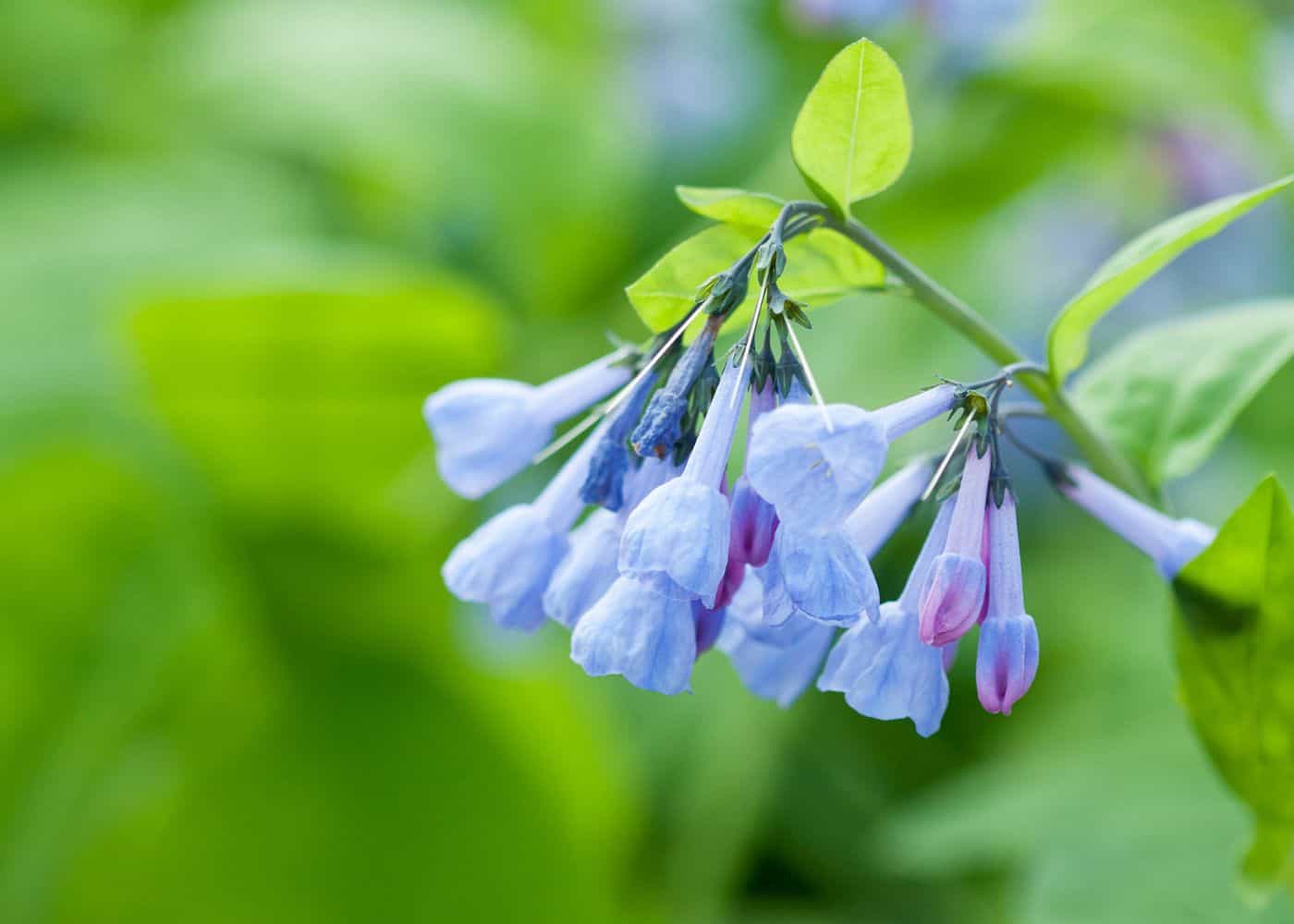
- Solomon's seal (Polygonatum). Solomon's seal is a tall, graceful plant with arching stems and white flowers that bloom in the spring. It prefers part shade and moist soil.
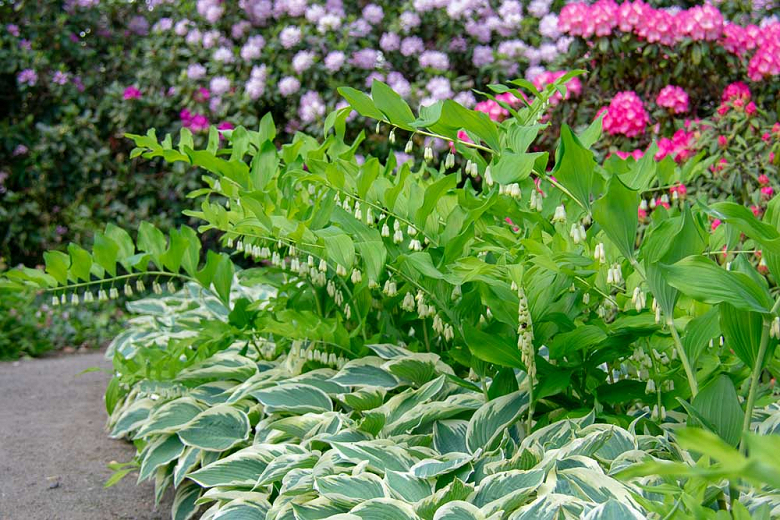
- Creeping phlox (Phlox subulata). Creeping phlox is a low-growing plant with pink, white, or purple flowers that bloom in the spring and summer. It prefers full sun and well-drained soil.

- Sedums. There are many different varieties of sedums, but all of them are drought-tolerant and low-maintenance plants. They come in a variety of colors, including green, pink, yellow, and orange.

- Diapensia. Diapensia is a small, evergreen plant with white flowers that bloom in the spring. It prefers part shade and moist soil.
- Tiarella. Tiarella is a low-growing plant with heart-shaped leaves and white or pink flowers that bloom in the spring. It prefers part shade and moist soil.


Post a Comment for " Best Companion Plants For Coral Bells"